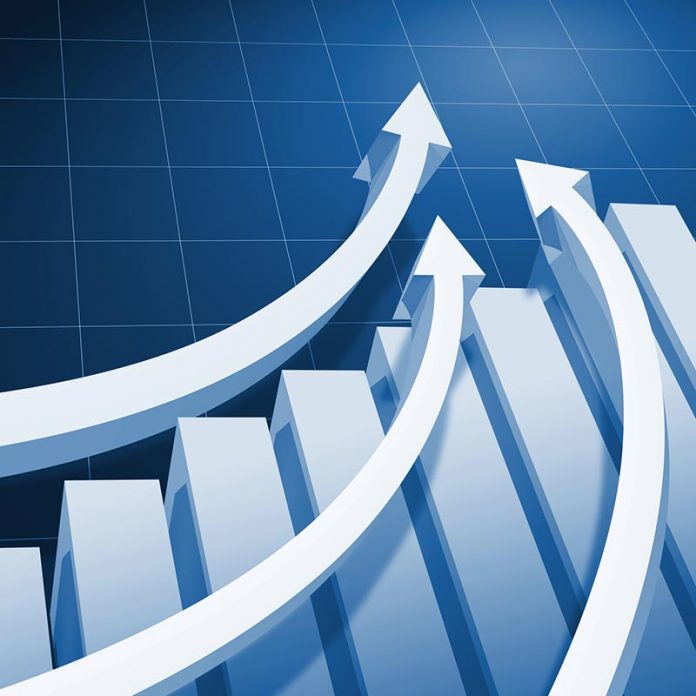While bar charts, line graphs and simple numbers are hardly capable of providing the defining answer to many economic, social and political questions, they are certainly a good way of obtaining a general overview of any particular subject.
Each month the Business Supplement will look into a brace of statistical information and provide readers with what we consider to be the central elements of these figures.
Thailand rates highly in economic freedom terms
The Heritage Foundation is a US-based conservative think tank which recently released its 2018 Index of Economic Freedom. Covering 186 countries, the Index is compiled using 12 quantitative and qualitative factors grouped into four main categories from the rule of law to the size of government, regulatory efficiency and open markets.
For the 24th successive year, Singapore and Hong Kong ranked first and second in the world with New Zealand third, the United States fourth and Australia fifth. All these countries rated above 80 points, which the Heritage Foundation classifies as ‘Free’.
The world average score is 61.1 and this is regarded as ‘moderately free’.
Across Southeast Asia, Singapore is at number one while next best is Malaysia in 22nd place with a gap to Thailand which rates 53rd. Thailand’s score is 67.1, an increase from 2017 where it was rated 66.2.
The Philippines is rated 61st, Indonesia 69th, Brunei 70th, Cambodia 101st, Myanmar 135th, Laos 138th, and Vietnam 141st in the world.
Healthcare improves in Thailand vis-à-vis its neighbours
Medical tourism has become a significant plank within the Thai economy over much of the last 10 to 15 years and although data is only available from 2015, the information from the World Health Organisation shows Thailand ranks 27th in the world when it comes to health care efficiency. It eats up just 3.8 percent of GDP whereas number one ranked Hong Kong uses 5.7 percent and number two ranked Singapore 4.3 percent.
By comparison, Australia, ranked number five in the world, consumes 9.4 percent of GDP for its healthcare while the United States, which sits at a lowly 54th position globally, has 16.8 percent of its GDP devoured by the healthcare marketplace.
Of its other Asean neighbours, the closest to Thailand is Malaysia, ranking 29th globally and needing 3.9 percent of its GDP to fund healthcare.
Although per capita costs have increased, Thailand remains the cheapest in the Asia-Pacific region with an average US$219 spend compared to Malaysia’s $377 and a significant $2,280 in Singapore.











